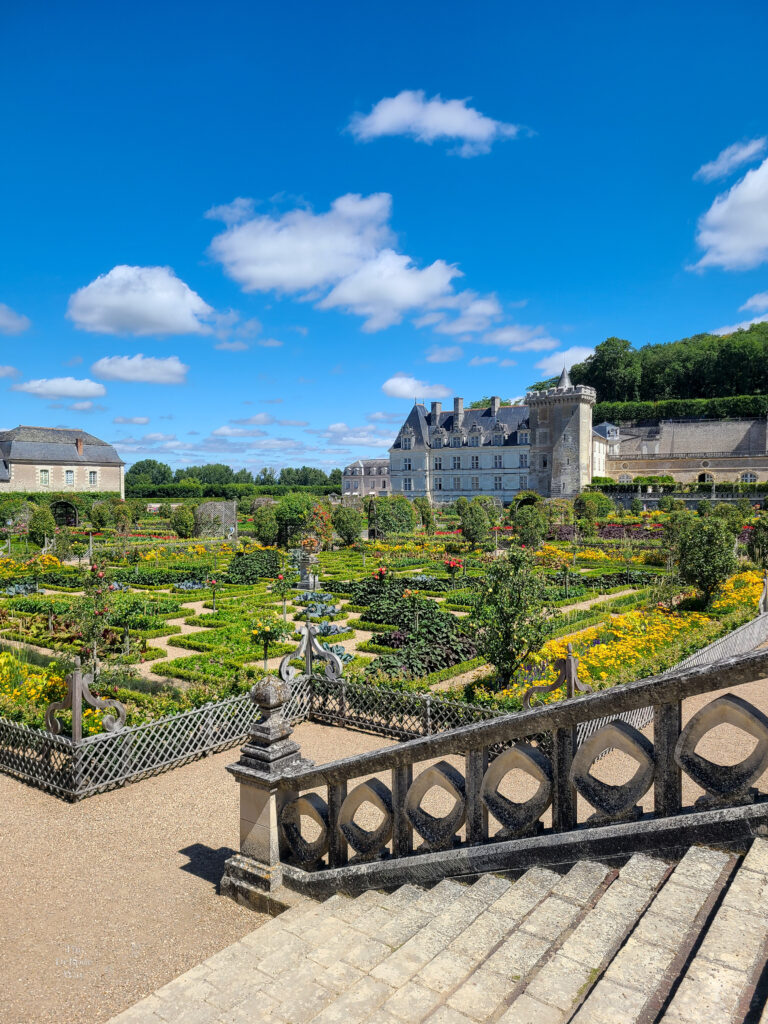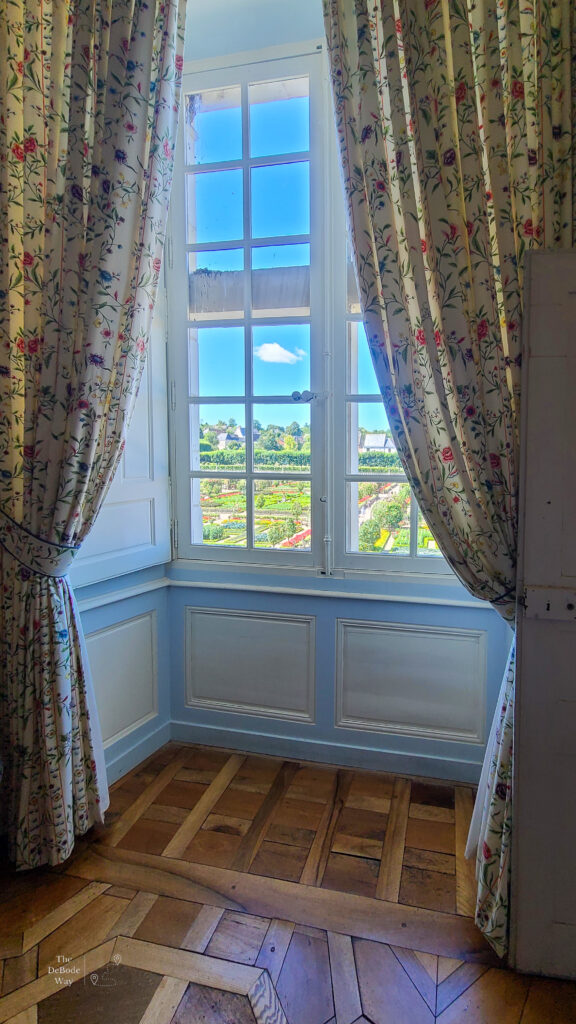The Loire Valley sits at the very center of France marking the line between north and south: Paris to the north, Bordeaux to the south. But why are there so many chateaux in the Loire Valley? This river valley is rich in natural resources, has a temperate climate, great hunting, extensive wineries, and is connected to the Atlantic Ocean (Jason says: you had me at the wineries). All these things easily allowed it to become a natural playground for the French royals and elites during the height of French power (Jason says: when we say ‘height’ are we talking about the wigs?). Easy access to everything they needed, so let’s build some chateaux.


Let’s Have A History Lesson
During this height of excess in France (we’re talking right up to the First French Revolution), the Kings and courtiers of the realm built their summer homes, country homes, hunting lodges, and villas in the Loire Valley. This was an escape from the cities (mostly Paris) for a slower pace, hunting, and general visiting and lazing about. The Loire River itself was instrumental in the ease of movement of supplies and people both for the building of the chateaus and habitation.
But even farther back, during the 100 Years’ War between France and England, the French Kings had lost much of their realm and Paris to the English and lived in the valley ruling what was left of France. This was around the time the first stone medieval fortresses were constructed in the valley. Once the Kings were able to return to Paris to rule, their valley fortresses were transformed into lavish country escapes.


Many of these chateaux were ransacked during the French Revolution when the working class rose up and threw out the monarchy and ruling merchant classes. Today many of the chateaux have been restored and if they are still owned by an aristocratic family, they receive financial assistance for upkeep from the government as long as they open them to the public. And so, we have an overwhelming number of chateaux to choose from today when visiting the Loire Valley.
Some last fun facts – the Loire Valley was the dividing line between Nazi Germany and the Vichy Government of France during World War II AND it was as far north as the invading African Moors got before they were pushed back into Spain. So you won’t see much of the Moorish architectural influence past this valley and the Nazis didn’t destroy the chateaux in the war. This area’s historical influence is immense and it has largely been preserved. Ok, I’m taking off my history nerd hat now (Jason says: I didn’t know it came off!). Let’s talk travel!
Time to Choose a Chateau
It is absolutely overwhelming trying to choose a historic chateau to visit when you’re in the Loire Valley of France. Do you pick the biggest? Obviously. The smallest? The closest? A cluster of them? (Jason says: what do you call a cluster of chateaux?) Gah – decisions! In the end, we picked one of the closest that had something I love – gardens. Did we know anything else about this place? Not a thing.

We only had to drive about 20 minutes from our chateau hotel (another chateau!), Domaine de la Tortiniere, to the village of Villandry, which just happens to also be the name of the chateau there. This estate covers 15 hectares (about 37 acres), 7 of which are gardens. It is surrounded by cute shops, churches, stone buildings, and fields that make up the support that keeps the estate running.
More History
History hat back on (Jason says: ugh). The chateau itself was originally a Medieval Fortress. Its significance? Henry II of England signed the Peace of Colombiers here (Colombiers being the original name of the fortress), admitting his defeat in 1189 to the French King, Philippe Auguste. This was BEFORE the 100 Years’ War, so this fortress was already established when the French Kings were later forced out of Paris and into the Loire Valley. AKA – It’s OLD. (Jason says: pshaw, she’s still in her prime).
The fortress was razed to the ground in 1532 during the Renaissance and rebuilt on its foundations as a chateau. This is when the extensive gardens were added along with the façade that you see today. The entire estate continued to grow and change until the 18th century. In the 19th century, it had a number of owners, including Jerome Bonaparte, the younger brother of Napoleon. Does this make it an Imperial Chateau? Not sure.
All these owners gradually made the chateau more modern and “English” looking. In the 20th century (1906 for those keeping track), husband and wife scientists from Spain and America purchased the chateau and began restoring it to its original Renaissance style. The gardens were redesigned, taking them back to 16th-century French style, which is what we see today. The current owner is their great-grandson.
So How Was the Chateau?
Whew, history hat off. So after all of that, we thought the chateau was interesting but not particularly overwhelming. My favorite part was going up the skinny medieval spiral staircase in the keep and out onto the roof where you could look out over the entire estate.
There were lots of bedrooms, but it didn’t seem like there were a ton of living spaces and social areas on the ground floor. That seemed odd to me. Maybe they just didn’t allow us to see more. We weren’t supposed to take photos, so I don’t really have much to show you. Bummer. I did snap some of the views from some of the bedrooms though! Not a bad thing to wake up to.


Once we had stuck our heads in all the available rooms, we headed for the garden. Unfortunately, we chose the hottest day of our trip to visit, so we spent most of the time in the gardens jumping between shady areas. The gardens are beautiful, peaceful, and extensive! I can’t believe how many types there are – ornamental gardens, a forest, greenhouses, a water garden, a sun garden, a maze, an herb garden, and an ornamental kitchen garden just to name a few! The grapes were ready to be picked and I marveled multiple times over the 1015 lime trees that all looked EXACTLY alike. Fantastic pruning job.


For me, the coolest part of these gardens (beyond the fact that they just look amazing) was that they are completely maintained by only 10 gardeners, and no chemicals are used. They dig and hoe everything by hand and I didn’t see a single weed. Amazing! Due to these practices, biodiversity has flourished and the gardens have been certified as a refuge by the League for the Protection of Birds (LPO).



Once we were thoroughly sweating from our lengthy walk in the gardens, we checked out the garden shop and the gift shop before heading back out the gates to grab a sandwich from the café outside for a late lunch. It was time to mull over the whole experience. In all, we were there maybe three hours.
How about you? How will you choose which chateau(x) to visit in the Loire Valley? The possibilities are endless! We could have spent an entire month here and barely made a dent jumping through all the chateaux. We can’t wait to hear what you choose!




